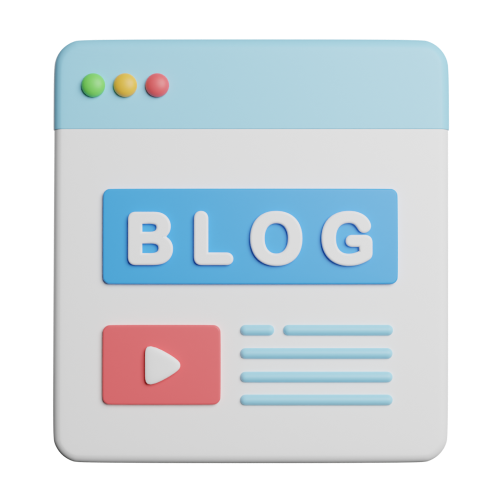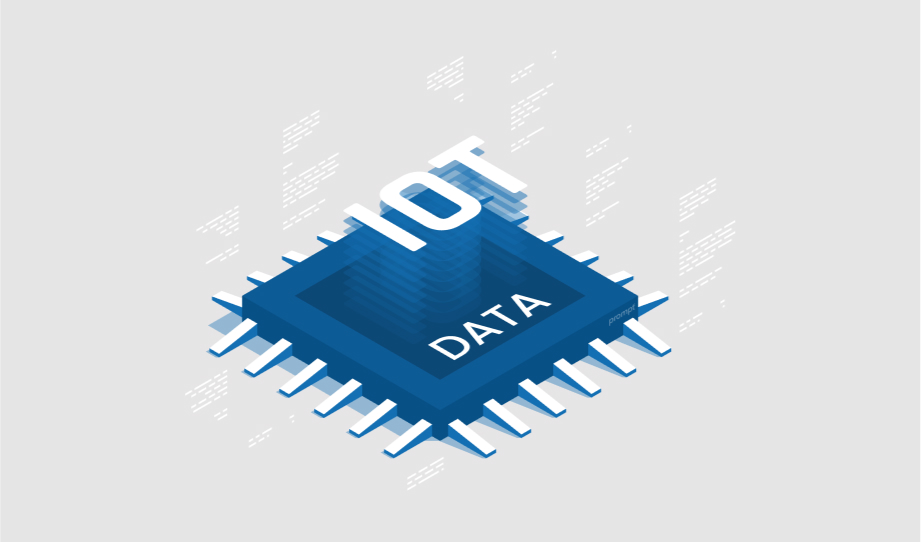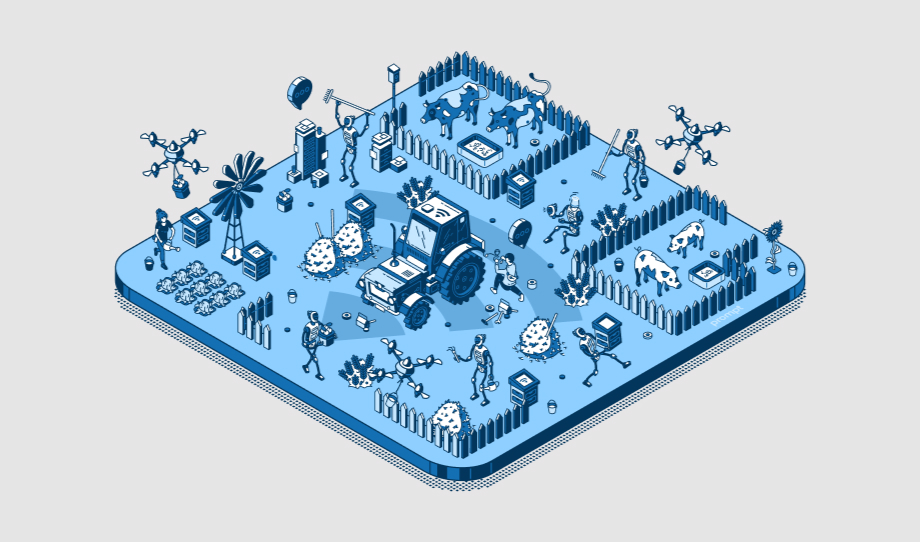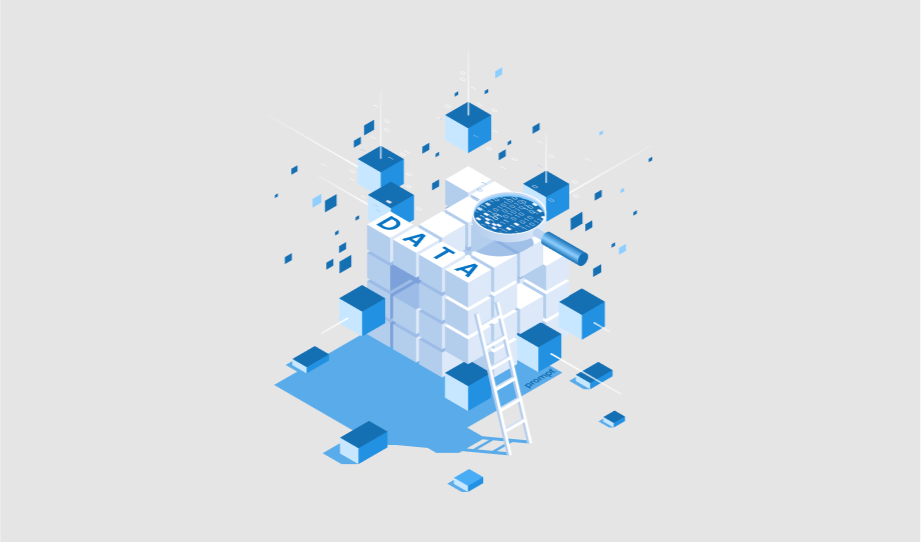What is the Impact of IoT Data Analytics on your Business?
Today, if we observe the trend and business processes, we can express that IoT solutions are…
How will Smart Farming decide the Future of Agriculture?
Today, farmers are facing more pressure than ever before. Demand for food is growing as the…
How is Data Science for IoT Changing Business Outlook?
The Internet of Things has been noticed as a shape-changing technology that has changed the shape…






